
Three Scientists Share Nobel Prize in Chemistry
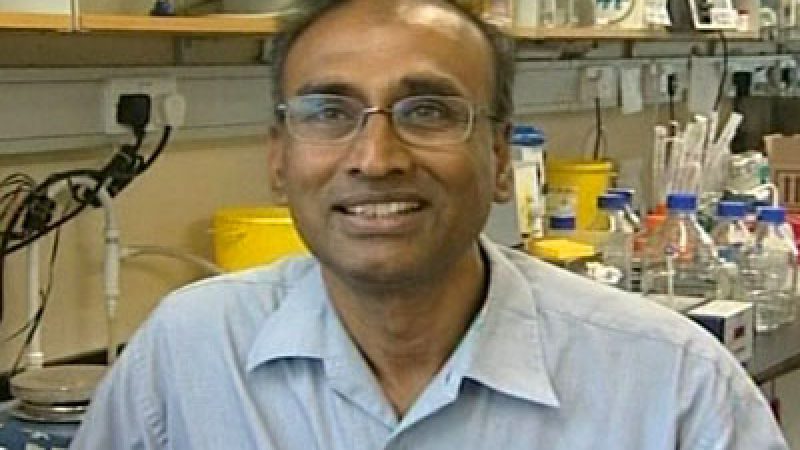
The 2009 Nobel Prize in Chemistry was awarded to three scientists on Wednesday (October 7). Americans Venkatraman Ramakrishnan and Thomas A. Steitz, and Israeli Ada E. Yonath shared the cash prize of $1.4-million U.S. dollars for their research on the ribosome—a breakthrough that allows the development of powerful new antibiotics.
Ramakrishnan, of the Medical Research Council Laboratory of Molecular Biology in Britain, shared his first reaction to hearing the announcement.
[Venkatraman Ramakrishnan, Scientist and Nobel Prize Winner]:
“Soon after I came here I got this call and initially I thought it was a prank call, but then when I spoke to some members of the Swedish Academy whom I know because they are in my field, I realized it was probably the real thing, but I didn’t quite believe it until they actually announced it publicly on their website.“
Ramakrishnan paid tribute to those who worked beside him.
[Venkatraman Ramakrishnan, Scientist and Nobel Prize Winner]:
„It’s really a reflection of a combined team effort. And I have to say that the ribosome is really such a broad field that so many other labs have made really major discoveries and major contributions to it, and in a way it’s unfortunate it has to be limited to three people.“
Their studies showed how the ribosome, a kind of protein factory, operates at the atomic level. A method known as X-ray crystallography was used to pinpoint each of the hundreds of thousands of atoms in a ribosome. The technique involves aiming X-rays at a crystal. The rays scatter when they hit atoms and by looking at how they spread out, scientists can determine where atoms are positioned.
Yonath made the initial breakthrough at the end of the 1970s when she first tried the method on the ribosome—a feat most considered impossible.
But it would take another 20 years before a full map could be made. During that time, Steitz and Ramakrishnan joined in.
In 1998, Steitz published the first crystal structure of a large part of a ribosome, something that looked like a dim photograph.
The three scientists reached the finish line almost simultaneously in 2000, publishing crystal structures that were well defined to locate atoms.
Scientists use ribosome models to develop antibiotics that can fight harmful bacteria, but many believe researchers have only just begun to tap into the potential these models have to offer.
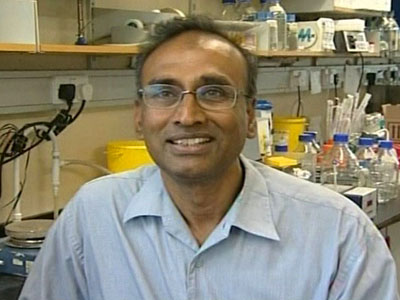 (NTDTV)
(NTDTV)




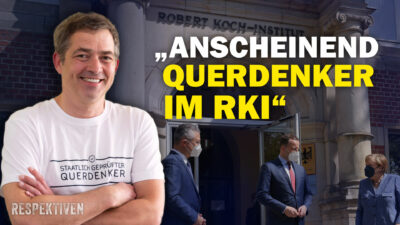

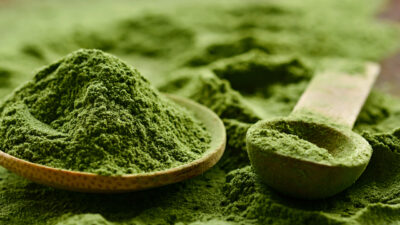





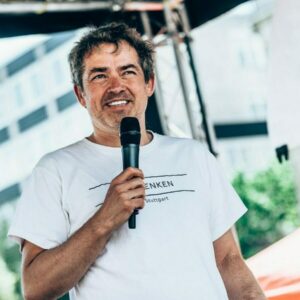



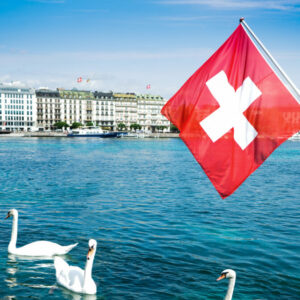






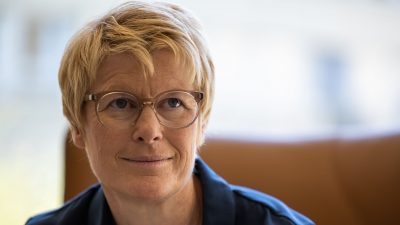




vielen Dank, dass Sie unseren Kommentar-Bereich nutzen.
Bitte verzichten Sie auf Unterstellungen, Schimpfworte, aggressive Formulierungen und Werbe-Links. Solche Kommentare werden wir nicht veröffentlichen. Dies umfasst ebenso abschweifende Kommentare, die keinen konkreten Bezug zum jeweiligen Artikel haben. Viele Kommentare waren bisher schon anregend und auf die Themen bezogen. Wir bitten Sie um eine Qualität, die den Artikeln entspricht, so haben wir alle etwas davon.
Da wir die Verantwortung für jeden veröffentlichten Kommentar tragen, geben wir Kommentare erst nach einer Prüfung frei. Je nach Aufkommen kann es deswegen zu zeitlichen Verzögerungen kommen.
Ihre Epoch Times - Redaktion